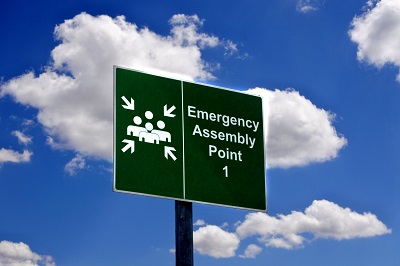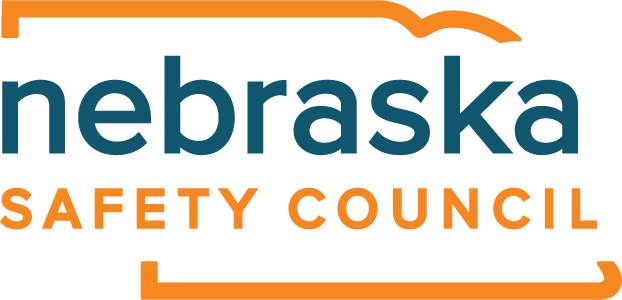Many of us think of emergency drills as annoying inconveniences that interrupt the work day, but drills are the best way to be prepared.
prepared.
In recent years, we’ve all seen how severe weather, violence, the global pandemic and other emergencies have impacted workplaces around the world. Actively participating in emergency drills will make you more likely to respond productively when something happens.
- Know what types of emergencies are likely in your area and types of drills your company conducts.
- Know your company’s plans for each type of emergency; these are often located in a safety manual, or you can ask your supervisor.
- Supervisors should go over and reinforce safety information with new hires.
- Know how to report emergencies; in some companies it may be 911 and in others it may be an in-house number.
- Know where fire alarms and fire extinguishers are located; even if you are not trained to use them, helping find fire extinguishers can save time.
- Understand what the alarms sound like for different types of emergencies.
- Know all the escape routes in your facility; the one closest to your workstation might be blocked, or you may be in a different area when an alarm sounds.
- Keep evacuation routes clear year round.
- Don’t go back to your workstation for personal items during a drill.
- Don’t default to using the main exit during a drill instead of your closest emergency exit.
Source: Resources are provided by NSC.
